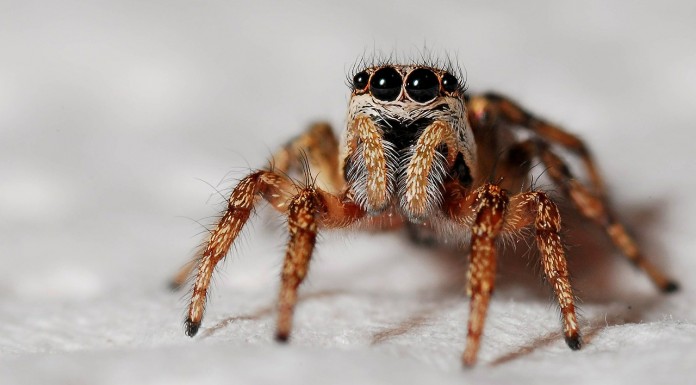Halloween, as I recall, was a day for friends to scare each other with nature’s creepy crawlies — spiders, snakes, and bats.
And often those fears lasted a lifetime. We all know people who recoil at the sight of these critters.
Creepy crawly
Spiders are probably the most notorious of the three because we find them just about everywhere. But their natural history is documentary worthy.
My favorite spider is the striking black-and-yellow garden spider. It’s big, colorful, and common, and it weaves large classic spider webs.
Spider silk is incredibly strong, elastic, and sticky — perfect for snaring unwitting prey.
Look closely, and you’ll often find a heavy zig-zag pattern near the center of the web. This is a lure that attracts unsuspecting insect prey.
These distinctive patterns are made of silk that reflects ultraviolet light. The rest of the web’s spiral and radiating strands lack this quality.
The UV reflection attracts prey because many pollen-laden flowers also reflect UV light. Insect pollinators can see UV light and are thus duped into investigating the web’s reflectivity.
After they land on the web, it’s too late. They become caught on the sticky, invisible strands.
The vibrations caused by their thrashing alerts the web weaver that dinner is served. But not all spiders spin webs to capture prey.
Wolf spiders are large, active predators that run down their prey. When not hunting, they spend their time under rocks or in burrows.
Fishing spiders rest on bits of floating vegetation and detect vibrations on the water surface when insects fall in.
Slithery serpents
Snakes sit just a notch below spiders on the creepiness scale.
Our almost universal fear of serpents is perhaps deep-seated — a lingering, phobic response passed down from prehistoric ancestors, who may have had good reason to fear snakes.
I have my own explanations for why many people fear snakes. Many people find any predator repulsive.
How can we appreciate anything that kills little baby birds still in the nest? Well, snakes also eat chipmunks and mice, and better mousers are hard to find.
Some people just don’t like the way snakes look. Snakes lack eyelids, so they can stare forever.
Immovable, transparent scales protect their eyes. Snakes’ legless, slithering form unnerves many people.
However, specializations of the skeleton and musculature allow snakes to move with remarkable speed, agility, and efficiency.
Some people fear snakes because some are poisonous. This is no laughing matter, but poisonous snakes are secretive and rarely seen.
Unless you are in the habit of rolling over logs, flipping rocks or climbing rocky ledges, you’re unlikely to encounter a rattlesnake or copperhead.
Perhaps the most important reason for our fear of snakes is cultural. Judeo-Christian doctrine teaches the evil of the serpent.
Taught at an early age, what’s a child to think? Furthermore, Hollywood perpetuates the fear of snakes through adolescence and into adulthood.
Films such as Snakes on a Plane and Raiders of the Lost Ark (recall the snake pit scene) even made my skin crawl.
Winged critters
Bats, another Halloween favorite, have become a little less scary in recent years.
White-nose syndrome has killed more than 90 percent of some populations, and the public’s response has been largely sympathetic.
Perhaps we have begun to appreciate some important bat facts.
A single little brown bat can catch 600 flying insects every night. Farmers and homeowners who host 100 bats in a bat house or two can count on bats eating up to 60,000 insects every night.
Bats use a sophisticated form of echolocation to find and capture flying prey. They can perceive objects as thin as a human hair.
Bats carry rabies no more frequently than any other mammal. You’re far more likely to contract rabies from a rabid dog, cat, raccoon, or skunk than from a bat.
Bats avoid people and do not get tangled in their hair. Though spiders, snakes, and bats have an undeserved image problem with the general public, they all do far more good than harm.
So let’s shift the horrors of Halloween from nature to truly scary things like clowns, vampires, and the walking dead.













